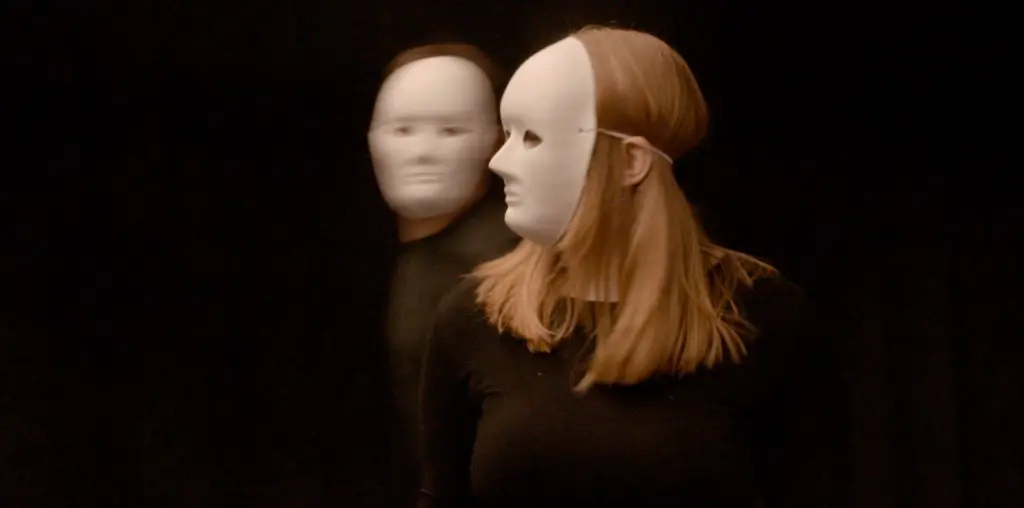
You might not think Sharon Stone had much in common with Kelly Osbourne, Lemmy and Paris Hilton (other than relative fame). But you’d be wrong. The thing they have in common is the Sunset Strip, the road that stretches a mile and a half through West Hollywood and has been making history for over 100 years. Every inch of it has a story. As Mickey Rourke puts it, “Your dreams will start there and they will end there.” Hans Fjellestad’s documentary, “Sunset Strip,” is a thorough history of this street of dreams and nightmares, beginning with its origins as a trade route, up to present day where ambassadors from each era converge. The film shows you a fascinating, glamorous, decadent and tragic place, filled to the brim with amazing tales. If you have even a passing interest in movies or music, you will be absolutely riveted for the full 90 minutes.
The Sunset Strip has been a perfect microcosm of Hollywood since actors first pulled up a stool at Schwab’s Drug Store whilst “waiting for the gravy train.” So many legends walked those streets that it’s practically hallowed ground. Marilyn Monroe met Joe Dimaggio in the same airspace that Lemmy currently occupies at the Rainbow. Rock and Roll was born at the Whiskey A Go Go with Johnny Rivers. Later, the Who, Led Zeppelin and the Doors rocked that same tiny stage. River Phoenix spent his last night in the same building in which the Pussycat Dolls later revived burlesque. Comedy Gods were born at the Comedy Store, where Robin Williams, Andrew Dice Clay and Sam Kinison shared bowls full of cocaine snorted through $1,000 bills before going on. Buffalo Springfield wrote “For What It’s Worth” about the same protest, which also saw Peter Fonda arrested. I could go on, but it’s really more fun to see it for yourself.
Fjellestad employs a very casual interview style, piecing together the chronicle of the Strip through musings from the people who were there. Actors, comedians, musicians and business owners from every generation get a chance tell their part of it. The story flows naturally through the decades, packing each part with entertaining vignettes as well as a nice overview of what was going on then and how it reflected or reacted to what was going on in the rest of the country. It’s as if grandpa managed to sneak a history lesson into his awesome anecdotes.
Not every interview subject is equally enthralling. A too-serious Billy Corgan seems like he’s there only to promote his new music. The film opens with Fergie belting out “Barracuda” live on stage, like a stripper channeling Ann Wilson while Slash diddles around in background. It’s a decent enough performance, but it doesn’t feel like it has much to do with anything other than to prove that Fergie actually knows how to sing. But these moments are few and far between. Most of the interviewees are so compelling that it becomes immediately apparent why they got famous in the first place. They belong to the Strip and the Strip belongs to them. The rest of us are just visiting.
